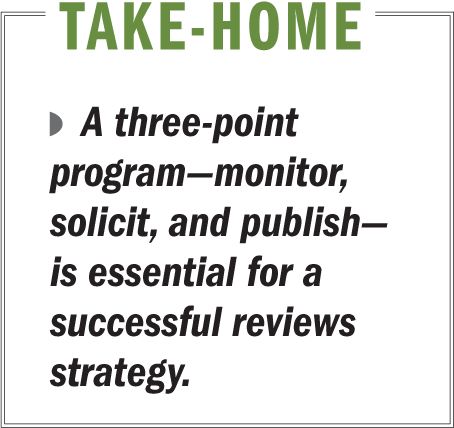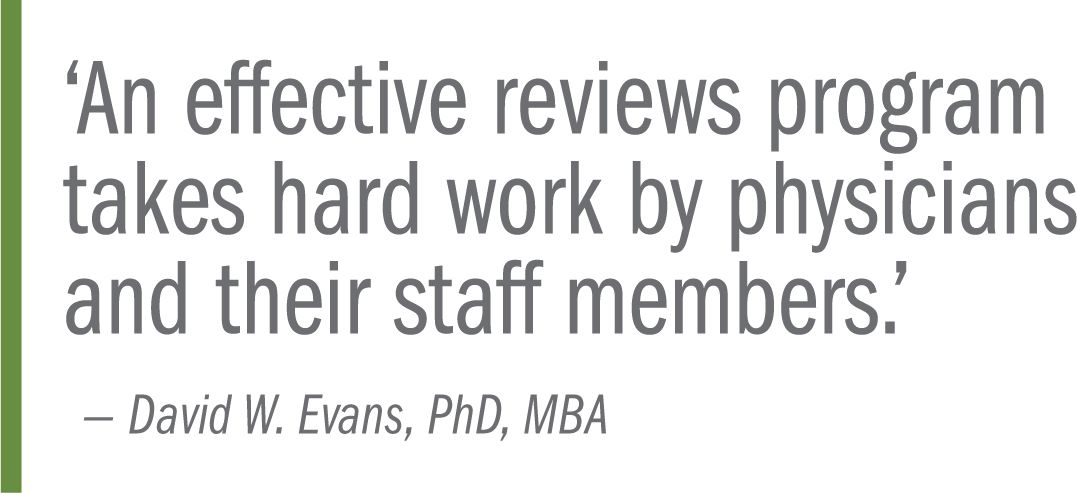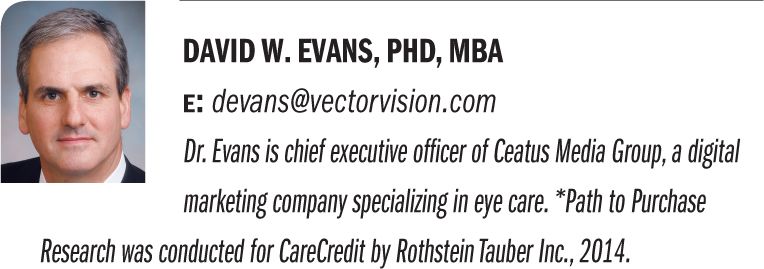Article
3 steps to a successful consumer review
It is no secret consumers use reviews to make buying decisions. The more consumers have to pay out of pocket, the more research they will do to investigate a medical procedure and to choose a surgeon.
It is no secret consumers use reviews to make buying decisions. This trend is even stronger among those consumers interested in “cash-pay” health care. The more consumers have to pay out of pocket, the more research they will do to investigate a medical procedure and to choose a surgeon.

Read more here: How payer perspective guides reimbursement
CareCredit recently published results from its Path to Purchase* study outlining what processes and resources prospective patients use to make purchasing decisions. The study showed that consumers of elective eye health care typically require more than 5 months to make a buying decision, and 55% of these consumers consult a ratings and reviews site during the buying process.

So, reviews are important, but, what to do? Online marketing companies offer dozens of reviews programs, all of them promising a pristine reputation.
Related: Keys to finding balance in a successful practice
The reality is there is no free lunch. An effective reviews program takes hard work by physicians and their staff members. It should have three specific elements to ensure success.
Monitor
Monitor
Set up Google Alerts or use other systems to stay abreast of what people are saying about you. More than 80% of physicians monitor their reviews and ratings, according to results of a new survey from Vitals.
Seventy-five percent of physicians routinely check more than one online rating site, and nearly 12% check reviews at least once per week. If you’re not one of them, you should be.
See more: Pay off debt or invest my money: What is the right way to go?
Once bad reviews are reported, two things are important. First, take the reviews to heart. If the patients are identifying negative aspects of their experience, take steps to fix them. Second, promptly respond to the review in a non-defensive, positive, and supportive way. The example verbiage below can help soothe an unhappy patient and be the first step in getting the patient to retract negative comments.
“I am very sorry to hear about your experience at our practice. Our goal is to provide every patient with exemplary care and the best outcomes. We welcome the opportunity to listen to your concerns to make things right for you. Please feel free to contact us at ...”
Don’t freak out about a few negative reviews. In fact, a little bad news is actually GOOD news. A pristine, all-five-star online image is not believable, and therefore prospective patients are skeptical when they see an unblemished pattern of excellent reviews. A Stanford Business School study called this positive side of negative reviews the “blemish effect.”
Blog: For whose convenience-the practice or the patient?
And, respond immediately to positive reviews. Thank patients for their kind words and tell them you are happy they had a great experience with you and your staff.
When responding to a review (positive or negative), be sure not to include any private personally identifiable health information, even something as innocuous as appointment or treatment dates.
Solicit
Solicit
Screen for happy patients and invite them to post reviews. The most credible reviews appear on third-party sites, such as Yelp, Google+, RateMDs, or Vitals. Do not use systems that request comments from patients and then post these comments only on your site.
Also avoid having every patient use the same computer or tablet in your office to post reviews. Review sites screen the IP addresses of reviewers and block reviews posted from the same IP address.
Related: 4 secrets to sustaining success in your practice
The key to soliciting positive reviews effectively is to have a system that is quick and easy for both patient and staff. The “ask” should occur during the postoperative visit when the patient is happiest. The physician, or preferably the staff member, should ask politely if the patient would be so kind as to share with others comments about his/her positive experiences.
The best, and most efficient, way is to ask the patient to place a review using his/her smartphone right in the office; that way no staff follow-up is required. If posting in the office does not work, then provide the patient with a postcard-or send an email with links to the physician’s profiles on several review sites.
Publish
Publish
The final step is capturing positive reviews from third-party review sites and posting these reviews on your own website. I call this the “Amazon Effect.”
The reason Amazon and other major e-commerce retailers publish reviews on their sites is that conversion increases dramatically when reviews are mixed with product or procedure information. iPerceptions noted that consumers are 63% more likely to purchase from sites that display reviews.
Use a reviews feed that allows the practice to screen out negative comments and publish only four- and five-star reviews. It is important from an ethical standpoint that the feed states the reviews are “Featured” or “Highlighted,” so as not to give the impression that four- and five-star reviews constitute all of your reviews online.
See more: Legal tips to avoid a lawsuit from knocking on your door

Newsletter
Don’t miss out—get Ophthalmology Times updates on the latest clinical advancements and expert interviews, straight to your inbox.





